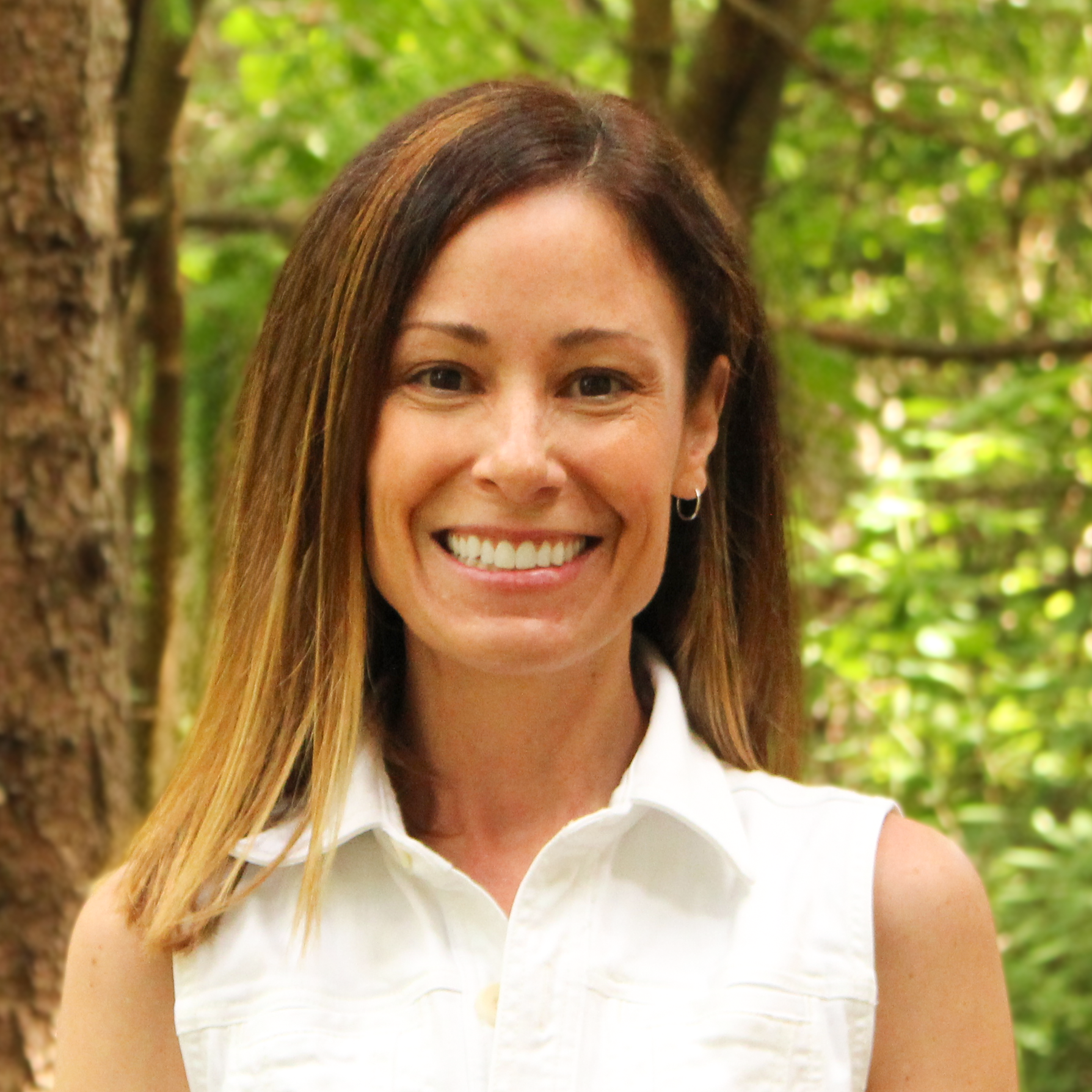







Rabbi Gary Pokras
This week’s parashah, Lech L’cha, is enormous in scope. Within just a single portion, God calls upon Avram to leave everything he knows, his father and most of his family, for a future he cannot even begin to imagine. God guides Avram to settle with his wife Sarai and nephew Lot in Canaan, where they are promptly met by a famine. So, they travel as refugees to Egypt, where Avram is so fearful that he lies about his marriage and puts Sarai in the terrible position of being taken into Pharaoh’s harem. When Pharaoh learns about the lie, he kicks them out of Egypt and they return north, where Avram and Lot part ways. Sometime later, Lot is taken captive in a war in which four kings attack and defeat five kings; Avram with only his retainers wages a successful war against the four kings, rescues Lot, and restores the property of the four kings; God establishes the covenant with Avram through the “rite of the pieces”; Avram’s first son, Ishmael is born (which is a whole other story); and finally God establishes the covenant of circumcision with Avram.
Avram’s journey was anything but easy, and the same is true for each of us. We might think that a “mission from God” would meet with early success, especially if we were expected to leave everything and everyone behind. However, Avram lurched from one crisis to another; sometimes he succeeded in overcoming the challenge, and sometimes he failed. Along the way he must have experienced deep pain and possibly even despair. Yet, throughout it all, he was somehow able to keep his eye on the prize, or rather, he did his best to stay true to God. This, more than anything, may be why the parashah ends not with more suffering, but with the conclusion of a covenant. We too, seemingly in every generation, face terrible challenges; we too will both fail and succeed along the way. And we too have the capacity to make it to the other side, intact and ready to continue the covenant for the next generation. The arc of this parashah, then, can be summarized as a lesson in two powerful values for us to grasp hold of: faith (which also includes hope) and persistence. No matter how dark the world may seem, no matter how difficult the challenges we face, like Avram, faith and persistence can see us through.